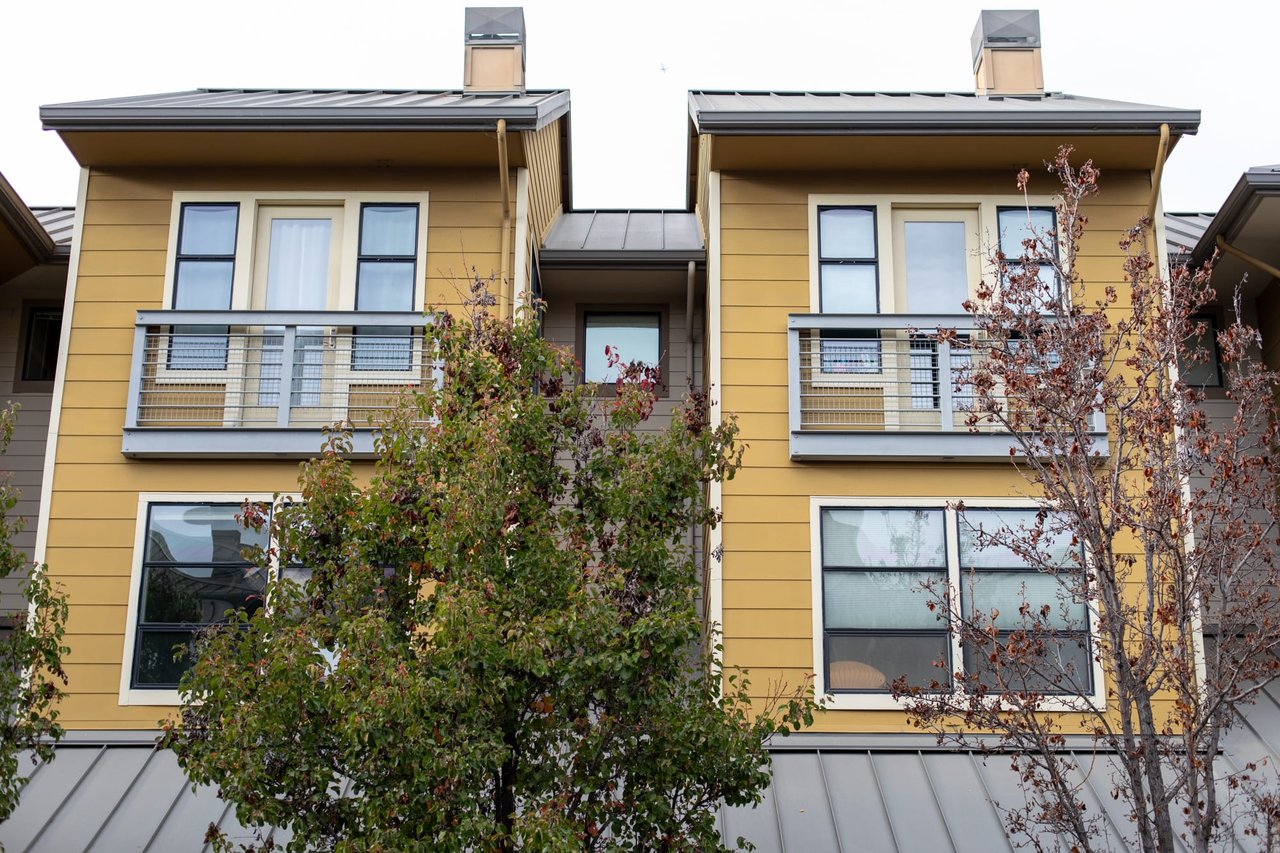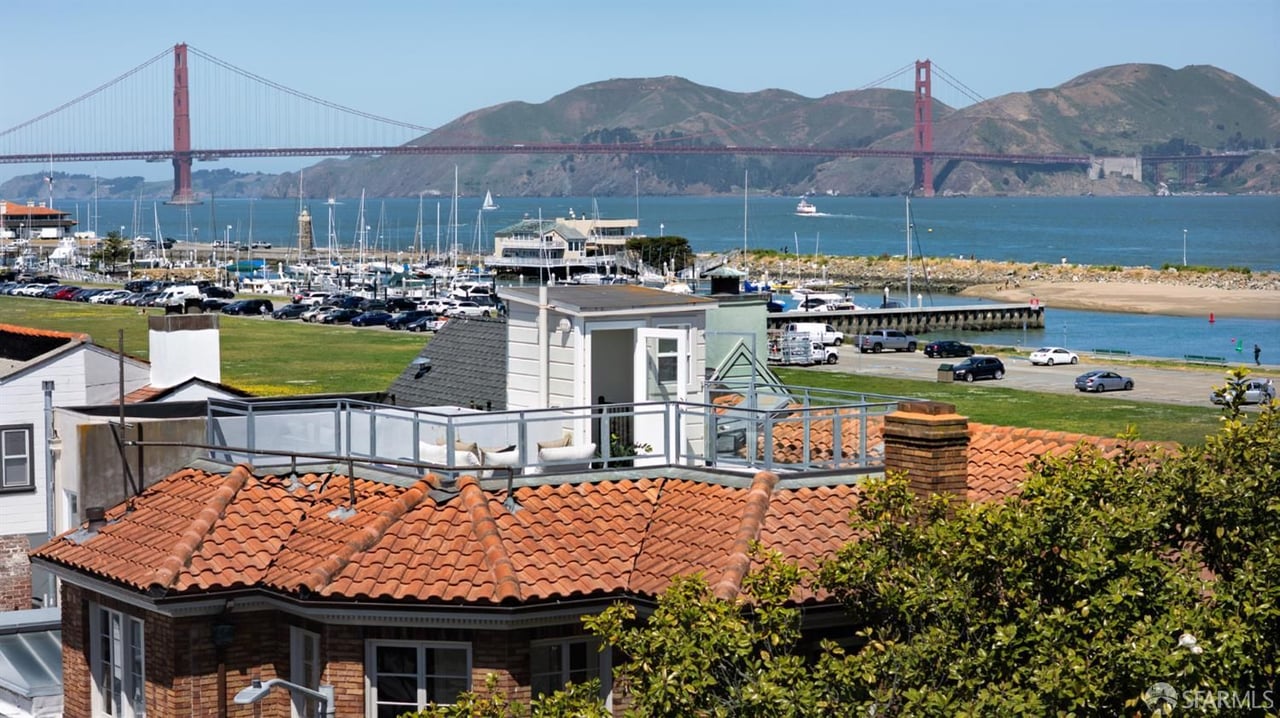Palo Alto's plan to add more than 6,000 new dwellings by 2031 calls for substantial growth along El Camino Real and near Caltrain stations, an influx of housing in industrial areas around San Antonio Road and a continuing proliferation of accessory dwelling units throughout the city's residential neighborhoods.
It calls on adding density to areas already zoned for multifamily housing so that parcels that currently accommodate 30 and 40 dwellings per acre would be allowed to have 40 and 50, respectively — a major change that the city believes can create 1,657 additional units in the planning period between 2023 and 2031. The plan also calls on local churches to construct apartment buildings in their parking lots and endorses the construction of residential complexes on city-owned parking lots downtown, policies that would add another 316 dwellings.
These policies are expected to be included in the city's new Housing Element, a document that will lay out the city's plan to meet its regional allocation of 6,086 units in the next cycle of the Regional Housing Needs Allocation. Meeting this state goal would require Palo Alto to produce an average of 760 residences per year throughout the planning cycle, roughly eight times the number that it permitted in 2021.
On Wednesday, the necessarily ambitious plan received a key vote of confidence when the city's Planning and Transportation Commission approved each of the strategies that had been recommended by city staff and the Housing Element Working Group, a panel of residents, commissioners, developers and other stakeholders that have been working on the project for over a year.
In some cases, the commission even went beyond the working group's recommendations. While the working group had split over the proposal to build housing on public parking lots and ultimately failed to muster the majority needed to formally back this strategy, the planning commission held no such reservations and moved to advance it.
The planning commission also supported a more aggressive approach in planning for new housing at the downtown transit center, land that is owned by Stanford University and that the university suggested can accommodate up to 530 units. While the working group supported planning for 180 dwellings on the site, a number at the lowest end of Stanford's proposed scenarios, the planning commission agreed after an extensive discussion to raise that number to 270.
The debate over the transit center site at 27 University Ave. represented the biggest split among the commissioners, with some suggesting a more conservative approach or demanding that the site be limited to below-market-rate housing and others calling for the city to go bigger and plan for 360 dwellings at the downtown site. Commissioner Bart Hechtman pushed for the higher number, a proposal that Commissioner Cari Templeton supported.
"I think this is a place where we should be a bit more ambitious than the numbers the working group came up with," Templeton said.
But with most of their colleagues rejecting this proposal, the commission settled for 270 dwellings, a compromise proposed by Chair Ed Lauing.
Commissioner Keith Reckdahl noted that because the site is zoned as a "public facility," it would be appropriate to make sure that residential growth on the site consists only of affordable housing. He ultimately agreed to soften the language and merely recommend that the city pursue only affordable housing for the site, a proposal that passed by a 4-3 vote, with the support of Bryna Chang, Lauing and Doria Summa.
Hechtman warned that only requiring affordable housing at the transit center could end up preventing any housing production at the central site.
"The false assumption that seems to me underlies this motion is that if we require it, it will get built," Hechtman said of Reckdahl's proposal. "I don't think it's necessarily true. I think if we require it, nothing will get built. That's actually worse than having some percentage be built for affordable."
Most of the other strategies proposed by the working group advanced by broad consensus. This includes the strategy of building more multifamily complexes within a half-mile of the city's Caltrain stations, which is expected to generate about 798 dwellings and which explicitly excludes low-density zones. The commission unanimously supported the strategy, even as Summa voiced some concerns about encouraging additional growth in the Mayfield neighborhood near California Avenue, an area that has seen an influx of commercial projects go up in the past decade.
"We don't know what's going to happen with remote working and things like this," Summa said. "But I'd be worried that particularly in Mayfield, increasing the number of units per acre … may put a real burden on some of the people already living in that area.'
The commission also voted 6-1 to support the strategy of increasing zoning along El Camino Real, which is expected to net 274 additional units. While most members supported building more housing along the transit corridor, Summa dissented and said she wasn't confident that the Santa Clara Valley Transportation Authority will offer sufficient bus services along El Camino to make it a viable transit corridor.
"I'd like to be peachy about the future of the bus corridor, but the VTA seems like a very troubled agency to me and there's a lot of uncertainty for me about their future," Summa said.
Others argued that building housing along El Camino would, if anything, nudge the VTA to boost bus service there.
"In general, when we increase density along the El Camino Real, we'll also have the additional benefit of improving the bus service. I think it's a good idea," Templeton said.
There was also a clear consensus among commissioners about allowing housing in the "general manufacturing" zones, which are located in south Palo Alto and which currently prohibit residential development. But in supporting this strategy, which is expected to generate about 596 additional housing units, commissioners also urged the city to explore adding schools, transit and retail to the area to support the influx of residents.
Commissioners Chang and Giselle Roohparvar also argued that the city should carve out some areas in the commercial area to be strictly for housing rather than building apartment buildings next to industrial sites — a position that all of their colleagues embraced.
The commission's marathon discussion was the second of two hearings on the new Housing Element, which the City Council is scheduled to review on March 21. Some members of the public urged the commission to go even further, particularly when planning for the downtown transit site on University Avenue. Sheryl Klein, who co-chairs the Housing Element Working Group and who serves as chief operating officer at the nonprofit developer Alta Housing, was among them. At the commission's Feb. 9 meeting, Klein argued that the transit-rich area represents a great opportunity for housing, particularly because it isn't located near any low-density neighborhoods.
"It just seems like a waste not to have it zoned more densely," Klein said.
Liz Kniss, a former three-time Palo Alto mayor who now serves as president of the League of Women Voters of Palo Alto, also suggested that the city could go much further in building housing on downtown parking lots — a proposal that was developed and championed by local architects Peter Baltay and David Hirsch.
Palo Alto's affordable housing shortfall, she wrote to the commission, has "become a crisis for all but the affluent."
"It has resulted in a hollowing out of our community, where low-, moderate-, and middle-income people cannot afford to live," Kniss wrote.
Building affordable housing on top of parking at downtown lots could create about 1,000 housing units, which would be located near transit, shopping and services, she noted.
"These sites could create 'car-light' walkable and bikeable neighborhoods, reducing lengthy commuting and greenhouse gas emissions, and restoring the social and economic balance in our housing," Kniss wrote.




